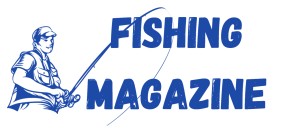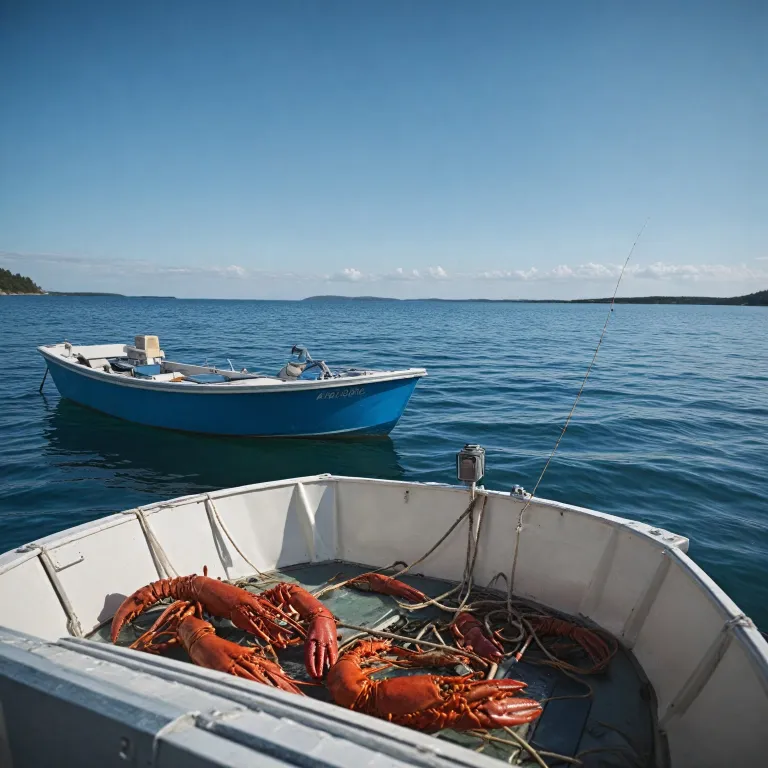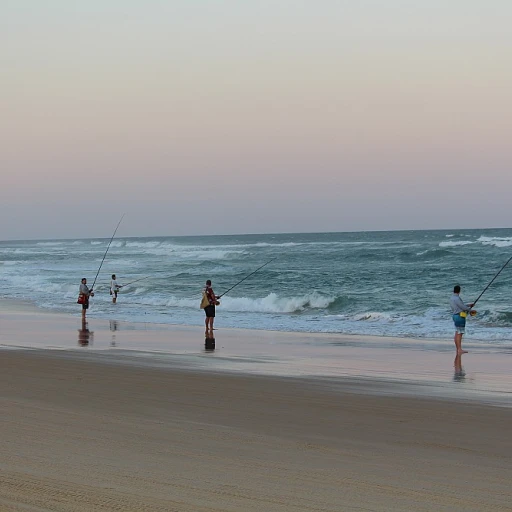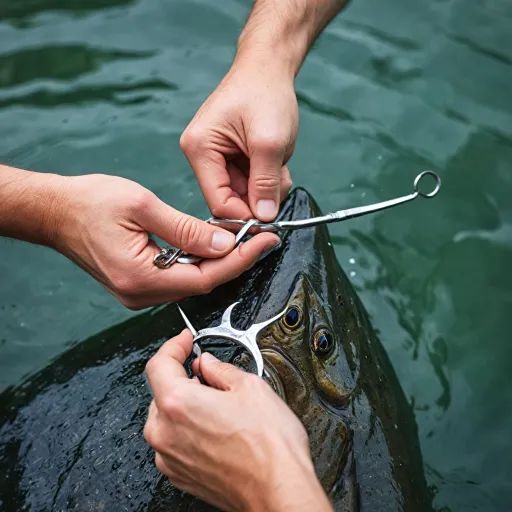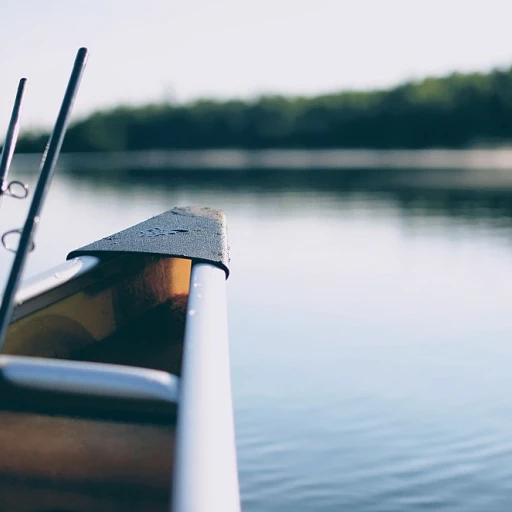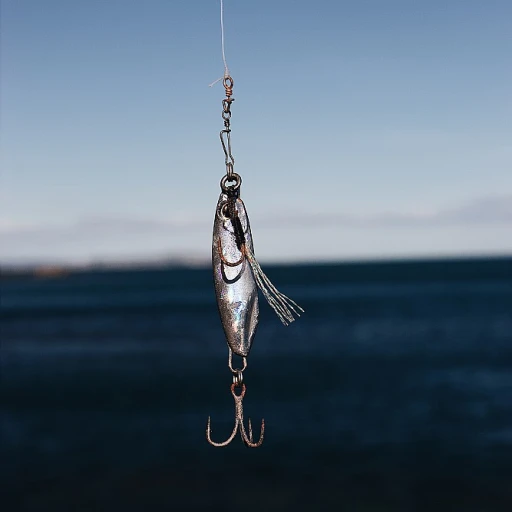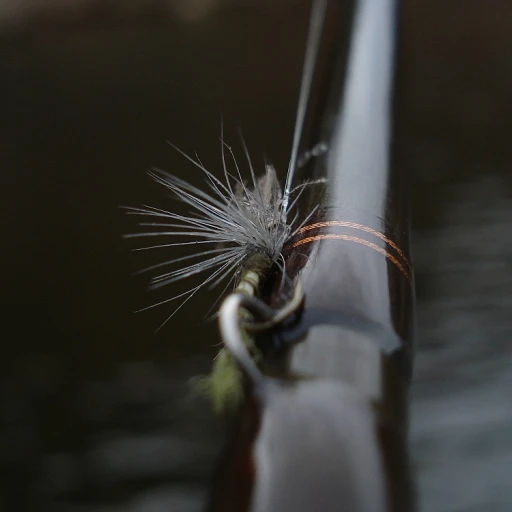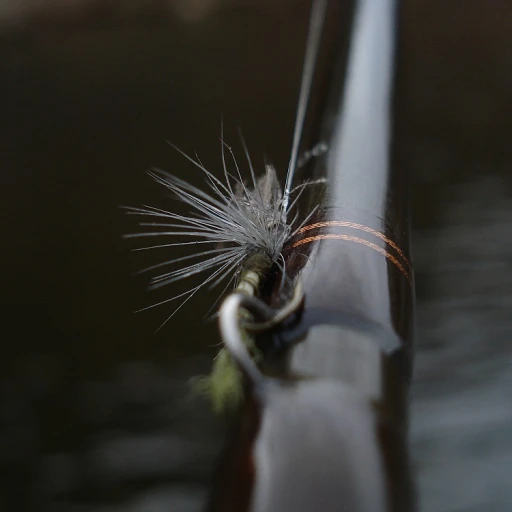
Understanding the purpose of a lobster gauge
Why a lobster gauge matters in recreational fishing
When you’re out on the water, targeting lobster or crab, having the right tool for measuring is more than just a convenience—it’s a responsibility. A lobster gauge is a simple yet essential product that helps recreational fishermen comply with legal size limits, protecting both the species and the future of the fishery. Whether you’re after spiny lobster in Florida, rock crab on the West Coast, or dungeness crab, using a reliable gauge ensures you only keep what’s allowed.
Lobster gauges come in various materials, like stainless steel, carbon fiber, or heavy duty black finishes. Some options include a wrist lanyard or even a lobster bag for easy carrying. The price can vary depending on the material and features, but investing in a quality gauge is worth it for peace of mind and compliance. Many shops offer a menu of products, from basic models to premium gauge lobster tools, especially during events like Black Friday or price sale periods.
Using a gauge correctly is key to measuring both lobster and crab accurately. It’s not just about avoiding fines—it’s about ethical fishing and supporting sustainable business practices. For those new to the process, learning how to measure lobster properly is as fundamental as mastering the art of cleaning a walleye. You can find more tips on fish cleaning techniques to round out your skills.
Remember, the right lobster gauge isn’t just a tool—it’s a commitment to responsible fishing. In the next sections, we’ll cover how to use your gauge, legal requirements for lobster sizes, and how to select the best product for your needs, whether you’re shopping for a gauge stainless model or a compact option for your lobster crab trips.
How to use a lobster gauge correctly
Getting Accurate Measurements Every Time
Using a lobster gauge the right way is essential for responsible fishing. This simple tool helps you measure lobsters and crabs to ensure they meet legal size limits. Whether you’re targeting spiny lobster, dungeness crab, or rock crab, accuracy matters for both ethical reasons and to avoid fines.
- Choose the right gauge: Select a product made from durable materials like stainless steel or carbon fiber. Options like heavy duty or gauge stainless offer longevity, while a black finish can reduce glare on sunny days.
- Check your local regulations: Different regions, such as California or Florida, have specific requirements for lobster and crab sizes. Your gauge should match these standards, whether you’re measuring california lobster or lobster crab.
- How to measure: Place the gauge’s notch at the rear of the lobster’s eye socket and extend it to the back of the carapace. For crab, measure across the widest part of the shell. If the lobster or crab fits inside the gauge, it’s too small and must be released.
- Keep your gauge handy: Attach a wrist lanyard or clip it to your lobster bag for quick access. Many shops offer gauges with lanyards included, especially during price sale events like Black Friday.
When shopping for a lobster gauge, consider delivery options and regular price. Some businesses offer menu selections for different sizes or materials, including black or stainless options. A well-chosen tool not only helps you comply with the law but also supports sustainable fishing practices.
For more on the importance of proper measuring tools and ethical trapping, check out this article on the role of animal traps in recreational fishing.
Legal requirements for lobster sizes
Staying Compliant with Lobster and Crab Size Laws
Every recreational fisherman knows that using a lobster gauge is not just about catching the biggest lobster or crab. It’s about following the law and protecting the future of the fishery. Regulations set minimum and sometimes maximum size limits for species like spiny lobster, dungeness crab, and rock crab. These rules help ensure that small, undersized animals can grow and reproduce, supporting a healthy population for years to come.
- Minimum size requirements: Most states, including California and Florida, require you to measure the carapace (the main shell) of the lobster or crab. For example, a gauge california model is designed to meet local legal standards for measuring california lobster and rock crab.
- Tool accuracy: Using a reliable lobster gauge, whether it’s stainless steel, carbon fiber, or heavy duty plastic, ensures you measure accurately. Some products come with a wrist lanyard or are black for better visibility in low light, making it easier to check your catch quickly.
- Legal consequences: Failing to measure properly can result in fines or loss of fishing privileges. Always select a gauge lobster tool that matches the regulations for your fishing area. Many shops offer options with clear markings for both lobster and crab, and some even include a lobster bag for easy transport.
It’s important to check the latest local regulations before you head out. Rules can change, especially during special events like black friday sales or seasonal closures. If you’re fishing in a new location, such as Maine, you’ll need to understand the process of obtaining a fishing license for non-residents and the specific size limits for that area.
Remember, the right gauge is more than just a product or tool—it’s your ticket to responsible fishing. Whether you’re shopping for a new gauge stainless model or comparing price sale options, always prioritize compliance and sustainability. This approach benefits not only your own fishing experience but the entire business and community that relies on healthy lobster and crab populations.
Choosing the best lobster gauge for your needs
Comparing lobster gauge materials and features
When it comes to selecting a lobster gauge, the material and design can make a big difference in your fishing experience. Stainless steel gauges are popular for their durability and resistance to corrosion, especially in saltwater environments. Some anglers prefer carbon fiber options for their lightweight feel, though these may come at a higher price. Black-coated gauges are also available, offering a sleek look and added protection against the elements.
Key considerations for your fishing style
- Type of catch: If you target both lobster and crab, look for a product that includes measurements for both species. Some gauges are designed specifically for spiny lobster, dungeness crab, or rock crab, so check the menu of options before you buy.
- Legal compliance: Always select a gauge that matches the regulations in your area, whether you fish for california lobster or florida lobster. Some regions require a specific gauge lobster tool, so double-check the requirements.
- Portability: A small, lightweight gauge with a wrist lanyard or lobster bag attachment is easier to carry and less likely to get lost. Many shops offer gauges with built-in lanyards for convenience.
- Durability: Heavy duty stainless steel or gauge stainless models are best for frequent use. If you fish often or run a business, investing in a robust tool can save money over time.
Shopping tips and price considerations
When you shop for a lobster measuring tool, compare the regular price and look for price sale opportunities, especially around black friday. Some stores offer delivery options, making it easy to get your gear quickly. If you need to measure both lobster and crab, consider a combo gauge or a gauge california model that covers multiple species. Always select a reputable shop or business to ensure product quality and reliable service.
| Feature | Options | Best For |
|---|---|---|
| Material | Stainless steel, carbon fiber, black-coated | Durability, corrosion resistance |
| Species | Lobster, crab, spiny lobster, dungeness crab, rock crab | Targeted fishing, legal compliance |
| Attachment | Wrist lanyard, lobster bag clip | Portability, convenience |
| Price | Regular price, price sale, black friday deals | Budget-conscious anglers |
Choosing the right lobster gauge is about more than just measuring. It’s about matching your fishing habits, ensuring compliance, and investing in a tool that will last. Whether you prefer a classic stainless steel gauge or a modern carbon fiber product, the right choice will help you fish responsibly and efficiently.
Maintaining your lobster gauge
Keeping Your Lobster Gauge Accurate and Reliable
After you select the right lobster gauge for your fishing needs, it’s important to keep it in top condition. Whether you use a stainless steel, carbon fiber, or heavy duty gauge, regular maintenance ensures your tool stays accurate and ready for every trip. Here’s how to get the most out of your lobster measuring product:
- Rinse after use: Saltwater can corrode even stainless steel or black-coated gauges. Always rinse your gauge with fresh water after each outing, especially if you fish for spiny lobster, dungeness crab, or rock crab.
- Dry thoroughly: Before storing your gauge in your lobster bag or tackle box, dry it completely. This helps prevent rust and keeps the measuring marks clear.
- Check for accuracy: Over time, gauges can bend or wear down, especially if you use a small or lightweight option. Compare your gauge to a known standard or another trusted gauge to ensure it still meets legal requirements for california lobster, florida lobster, or crab lobster.
- Inspect the lanyard: Many gauges come with a wrist lanyard or attachment. Make sure it’s secure and not fraying, so you don’t lose your tool overboard during a busy fishing day.
- Store properly: Keep your gauge in a dry, protected spot. Some anglers use a dedicated menu pocket in their lobster bag or shop for a case during black friday sales. This protects your investment and extends the life of your product.
- Replace when needed: If your gauge shows signs of damage or the measuring edges are worn, it’s time to select a new one. With so many options available, from gauge stainless to carbon fiber, you can find the right tool at a regular price or during a price sale.
Maintaining your lobster gauge is not just about protecting your business or investment. It’s also about ensuring every lobster or crab you measure is done accurately and responsibly, supporting ethical fishing practices and compliance with regulations.
Ethical fishing practices beyond the gauge
Responsible Habits for Sustainable Lobster and Crab Fishing
Using a lobster gauge is just one part of being a responsible recreational fisherman. While the right tool helps you measure lobster and crab accurately, ethical fishing goes beyond simply checking the size. Here are some practical ways to ensure your fishing practices support healthy marine populations and fair access for everyone:
- Respect Bag Limits: Always follow local regulations on how many lobster, spiny lobster, or rock crab you can keep. These limits are set to protect the species and ensure future fishing opportunities.
- Handle with Care: When measuring with your gauge, avoid rough handling. Use a stainless steel or carbon fiber gauge with a wrist lanyard for secure, quick measuring. Return undersized or egg-bearing lobster and crab gently to the water.
- Choose the Right Gear: Select a heavy duty lobster gauge or a gauge stainless option that matches your target species—whether it’s dungeness crab, california lobster, or florida lobster. A quality product, even at regular price or during a black friday price sale, lasts longer and reduces waste.
- Minimize Bycatch: Use traps and tools designed for your target species. For example, a lobster bag or a menu of crab lobster options can help you avoid catching small or non-target species.
- Leave No Trace: Pick up all gear, packaging, and any broken tools. A lost gauge, lanyard, or shop-bought product can harm marine life and the environment.
- Support Sustainable Business: Buy from shops that offer delivery of eco-friendly products, such as black or stainless lobster gauges, and those that promote responsible fishing practices.
Remember, the gauge is a tool to help you fish within the law, but true stewardship comes from a commitment to ethical choices every time you’re on the water. Whether you’re measuring lobster, crab, or selecting the best options for your next trip, every action counts toward preserving our fisheries for the future.
